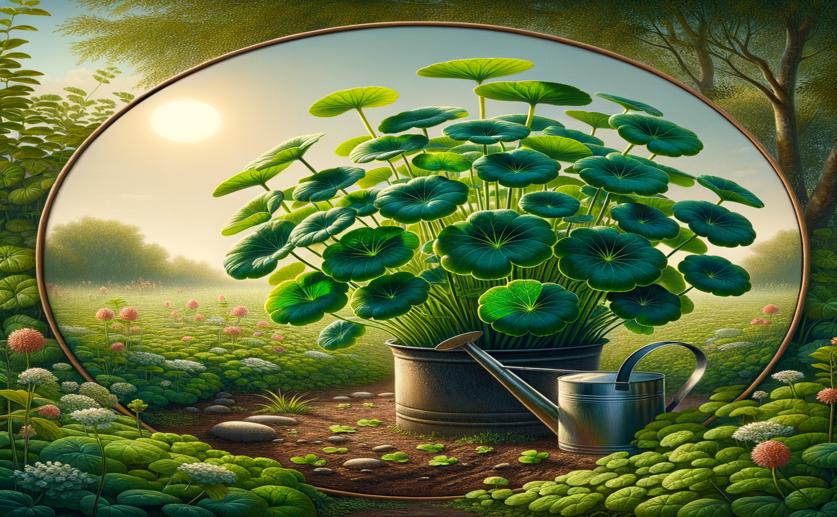
Anti-Aging Benefits of Natural Compounds from Gotu Kola
Greg Howard
21st August, 2024

Image Source: Natural Science News, 2024
Key Findings
- Researchers at Tianjin University of Traditional Chinese Medicine studied Centella asiatica's effects on UVB-induced skin damage
- They identified 21 triterpenoids, including five new ones, and analyzed their structures
- 20 out of the 21 triterpenoids significantly protected skin cells from UVB damage, suggesting potential as anti-photoaging agents
References
Main Study
1) Anti-photoaging activity of triterpenoids isolated from Centella asiatica.
Published 18th August, 2024
https://doi.org/10.1016/j.phytochem.2024.114246
Related Studies
2) Molecular mechanisms of UVB-induced senescence of dermal fibroblasts and its relevance for photoaging of the human skin.
3) Titrated extract of Centella asiatica provides a UVB protective effect by altering microRNA expression profiles in human dermal fibroblasts.
4) Ethnobotany, phytochemistry, pharmacology, and toxicity of Centella asiatica (L.) Urban: A comprehensive review.
5) Centella asiatica in cosmetology.



 18th August, 2024 | Jenn Hoskins
18th August, 2024 | Jenn Hoskins